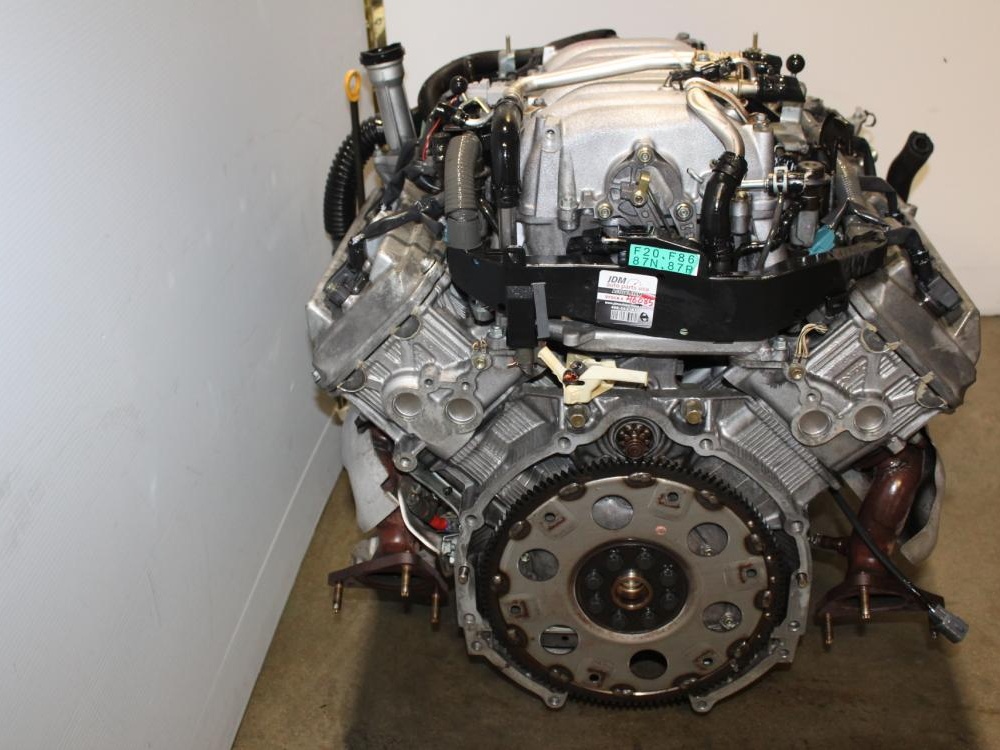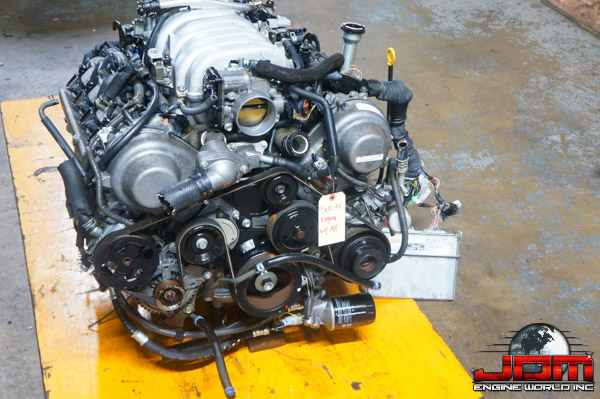Comprehending the Distinctions Between New and Used Engines: A Purchasing and Marketing Perspective
Browsing the industry for engines requires a nuanced understanding of the differences between used and new options, particularly from the viewpoints of buyers and sellers. On the other hand, used engines can offer financial benefits however introduce intricacies related to their history and long life.
Advantages of New Engines
New engines use a number of significant advantages that add to their allure among consumers and automotive experts alike. One of the key advantages is the enhanced dependability that new engines provide. Unlike used engines, which may have unidentified wear and tear, new engines are constructed to fulfill the most up to date production requirements and go through strenuous testing, making certain ideal performance from the beginning.
One more significant benefit is enhanced fuel effectiveness. Breakthroughs in innovation have actually led to the development of engines that leverage far better combustion processes and ingenious products, resulting in reduced emissions and minimized fuel consumption. This not only benefits the environment yet likewise converts to cost financial savings for customers with time.
Additionally, brand-new engines usually feature guarantees that give assurance to purchasers. These guarantees usually cover components and labor for a collection period, securing consumers from unanticipated repair service expenses and boosting the general possession experience.
Drawbacks of New Engines
While the advantages of brand-new engines are compelling, there are significant disadvantages that prospective buyers should think about. One of the primary worries is the considerable financial investment needed (3uz engine for sale). New engines usually include a high price, which can stress budgets and influence total job financing
In addition, brand-new engines may carry a devaluation element that begins as quickly as they are bought. This devaluation can be high, particularly in the very first few years, which may result in a loss in value if the engine is marketed.
Another drawback is the possibility for making issues or problems that may not be promptly noticeable. While guarantees commonly cover these problems, they can lead to unexpected prices and inconveniences.

Last but not least, prospective buyers need to take into consideration the ecological effect associated with the production of new engines, which can contribute to resource deficiency and raised carbon exhausts.
Advantages of Made Use Of Engines
Picking a used engine can use considerable advantages for customers looking for economical solutions. Among the key benefits is the substantial price financial savings compared to purchasing a brand-new engine. Utilized engines are commonly available at a fraction of the rate, making them an attractive choice for budget-conscious consumers or companies looking to decrease costs.
In addition, utilized engines commonly come with a much shorter preparation for purchase. Buyers can usually discover engines prepared for prompt installment, decreasing downtime for lorries or machinery that need immediate repairs. This immediacy can be critical in markets where operational performance is extremely important.
Additionally, buying a used engine can straighten with sustainability objectives. By going with an utilized component, customers contribute to the round economic climate, reducing waste and the demand for brand-new production. 3uz engine for sale. This environmentally friendly strategy check out this site reverberates with lots of consumers and businesses alike
Lastly, respectable distributors frequently supply service warranties or assurances on made use of engines, providing reassurance pertaining to high quality and performance. With careful choice and due diligence, buyers can attain trustworthy functionality while profiting from the economic learn this here now and environmental advantages of used engines. On the whole, these factors use engines an engaging option in various automotive and industrial applications.

Threats of Made Use Of Engines
Regardless of the numerous benefits associated with made use of engines, possible purchasers should also be aware of the integral dangers involved in their purchase. Made use of engines may come with limited documentation, making it testing to establish prior upkeep, fixings, or any kind of potential damages.
One more worry is the engine's remaining lifespan. Unlike new engines, which are frequently backed by service warranties, utilized engines may have currently endured significant deterioration, leading to a greater chance of break downs. Furthermore, the compatibility of a used engine with the buyer's vehicle ought to be completely examined. Mismatched requirements can develop performance issues and necessitate more alterations, pumping up the total cost.
Unethical vendors might misrepresent the condition or gas mileage of an engine to enhance its charm. Ultimately, understanding these risks can aid customers make informed choices and minimize possible challenges associated with used engines.
Tips for Customers and Vendors
Browsing the intricacies of purchasing or marketing engines requires a calculated approach to make sure a successful purchase. For buyers, performing thorough research is vital. Recognize the details engine type needed, and validate compatibility with your car or equipment. Always demand the engine's historyâEUR" including gas mileage, maintenance documents, and any kind of previous issuesâEUR" prior to making a commitment. Make use of credible resources such as certified suppliers or well-reviewed exclusive vendors to reduce dangers related to used engines.
Vendors need to focus on openness to cultivate trust fund with potential purchasers. Supplying detailed documentation about the engine's condition and solution history can significantly improve trustworthiness. Take into consideration having the engine inspected by a qualified technician to determine any underlying concerns, which can ultimately justify your asking price.
Both events must take part in reasonable negotiation practices. Customers should be prepared to provide a practical rate based upon marketing research, while sellers need to be open to talking about deals and possible concessions. Finally, ensure that all transactions are recorded clearly, including invoices and service warranty information, to safeguard both celebrations in future disagreements. This strategic approach can aid facilitate a smooth exchange in the often-volatile engine market.
Final Thought
In conclusion, the choice between pre-owned and new engines hinges on an equilibrium of variables such as reliability, expense, and prospective dangers. New engines give improved performance and guarantees, while made use of you can look here engines supply significant cost savings and quicker schedule. The uncertainties connected with utilized engines necessitate detailed research and documentation. Ultimately, informed choices can be made by both customers and sellers via careful factor to consider of the advantages and negative aspects inherent in each alternative.
Unlike made use of engines, which may have unidentified wear and tear, new engines are built to satisfy the latest production criteria and go through rigorous testing, making certain ideal performance from the outset.
In spite of the many benefits connected with utilized engines, potential customers should also be aware of the fundamental dangers involved in their acquisition. Unlike brand-new engines, which are typically backed by guarantees, used engines might have already sustained significant wear and tear, leading to a higher probability of breakdowns. Ultimately, understanding these dangers can aid buyers make educated decisions and minimize prospective risks connected with made use of engines.
New engines provide boosted performance and service warranties, while made use of engines offer substantial financial savings and quicker accessibility.